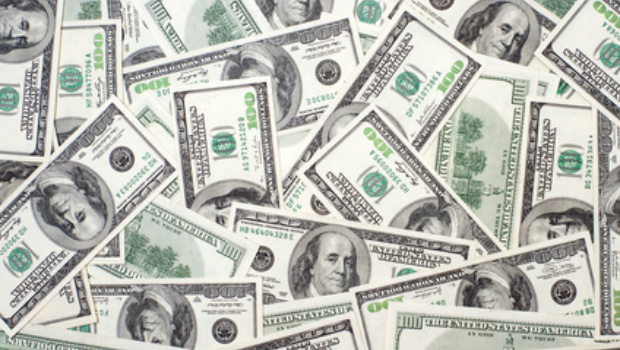 Currency can be a real pain. At a superficial level, things have got a bit easier with the arrival of the euro even if the eurozone hasn’t quite worked out to be the unqualified success that everybody hoped. At least if we travel from Ireland to France, Spain, Italy or Germany and we purchase something, we have a very clear idea of just how much that item costs us because we’re using the same currency as we would back here. In some instances it’s cheaper and in a few less, it’s more expensive.
Currency can be a real pain. At a superficial level, things have got a bit easier with the arrival of the euro even if the eurozone hasn’t quite worked out to be the unqualified success that everybody hoped. At least if we travel from Ireland to France, Spain, Italy or Germany and we purchase something, we have a very clear idea of just how much that item costs us because we’re using the same currency as we would back here. In some instances it’s cheaper and in a few less, it’s more expensive.
But there’s still the pound in the UK and the dollar in the US to contend with. In the technology industry, especially, we’re grown accustomed to US vendors appearing to pull a fast one by merely changing the currency symbol from $ to £ and calculating the € rate against the £ price rather than the $ one. This practice was commonplace for many years. Few people raised any objections to this over-charging. Those that did tended to wait until circumstance took them or a family member, friend or colleague to the US before they bought whatever the item was.
While there may have been a valid reason historically for higher charges on this side of the Atlantic when US manufacturers built their equipment on their home soil, this reasoning pretty much disappeared once everything started getting manufactured in the Far East.
Anyway, it’s an old gripe that doesn’t get any better with the repeating. But could the current weakness of the euro have the unexpected benefit of making vendors’ pricing regimes more transparent, not only to their channel partners but also to their customers?
The euro has been below the dollar before (it traded at $0.82 in October 2000) but it’s usually been above it, more often than not hovering around $1.30 or so. Over the past few months, it’s been on a downward trajectory and there are suggestions it could soon achieve parity with the US currency.
VAT matters
So what will this mean? Take a look at the pricing for Apple’s latest MacBook, which was announced on 9 March. The US price is $1,299. At first glance, the Irish equivalent of €1,499 appears quite a lot higher, especially as the euro was around $1.08 on the day the price was announced. Taken at face value, the Irish price should be around €1,203. However, you have to remember the US price does not include sales tax, which is typically around 9%. When you add that on, the $1,299 price quickly rises to nearly $1,416.
That’s still lower than the Irish price of €1,499 but if you strip out the 21% VAT applicable over here, you find something very interesting, if not exactly what we on this side of the Atlantic want to see when we’re complaining about high prices. Without VAT, the Irish price would be €1,238.84, which is €35 more than the US price with the euro trading at $1.08. Today (11 March), with the euro at $1.06, the equivalent price in euros of the US MacBook would be around €1,225 (€22 more expensive). Add on the VAT, and that takes you up to just over €1,482 or €17 cheaper than it is here.
If the euro does sink to parity with the dollar, the effects will be fairly dramatic but pricing would not necessarily be easier to compare. Buying the MacBook in the US would effectively cost €1,416 compared to €1,499 here, increasing the amount you could save to €83. However, if the euro and dollar were at parity, Apple would have some justification in merely swapping the $ for € on the MacBook price in Ireland. After adding 21% VAT, the Irish price would increase by more than €70 to €1,571.80, making the US MacBook €155.80 cheaper.
The easiest way to achieve price transparency would be for US companies like Apple to publish European prices ex VAT, as well as list prices. This would make it much easier for people in Europe to compare what they’re paying with their US counterparts. In many instances, they might find the difference far less pronounced than they believe.






Subscribers 0
Fans 0
Followers 0
Followers